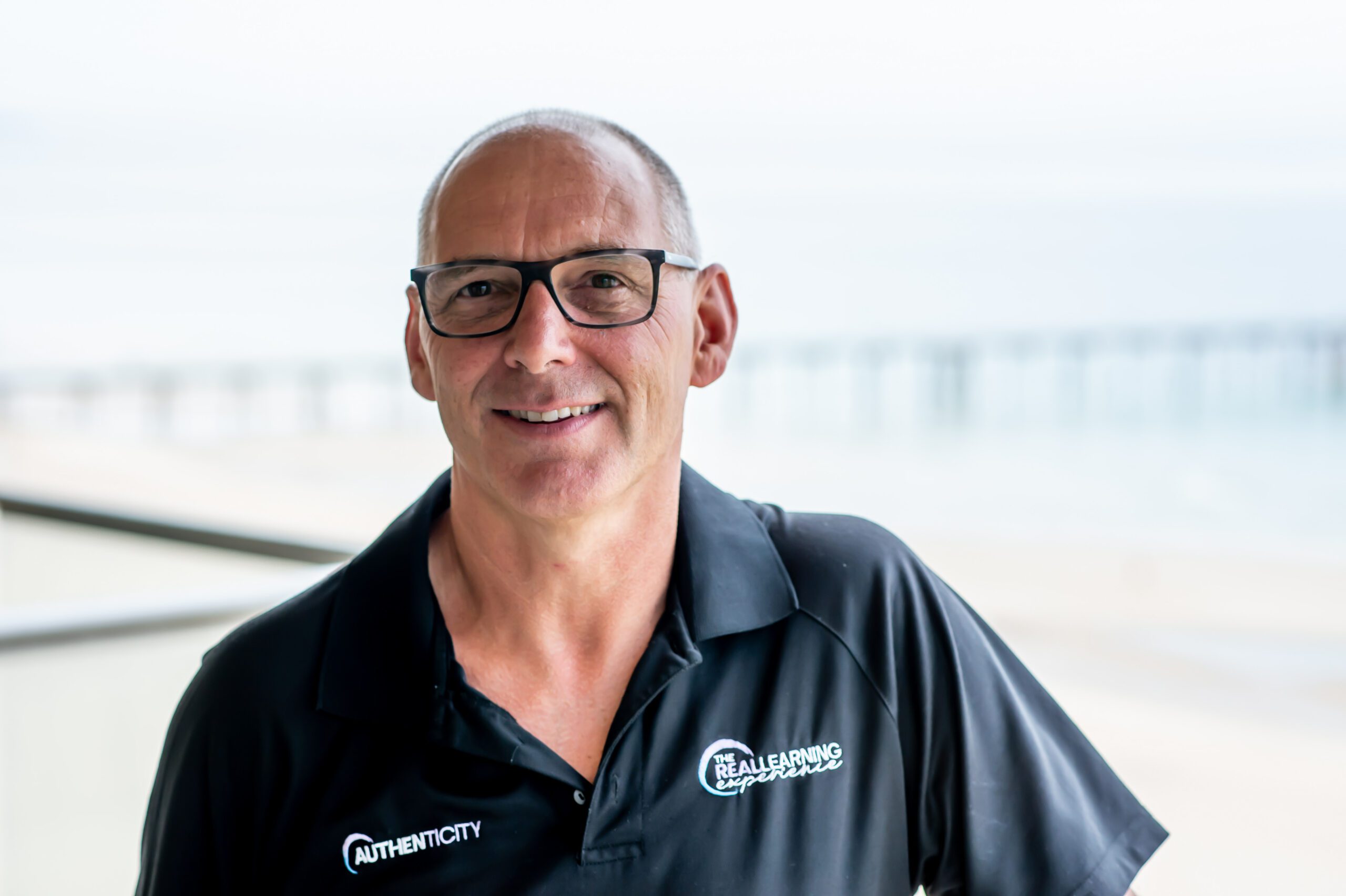I love writing about Hobart, Tasmania, which is my home and a beautiful base from which to pursue my passions - my family, my work, triathlon and writing.
Ian Rankin is one of my favourite authors. His stories are filled with intrigue and DI Rebus is a complex and fascinating character. But the highlight, for me, is the way he brings Edinburgh to life. I almost recall walking the streets, despite never having been there. I feel fortunate to have the same opportunity with Hobart and Tasmania in the DI Stratton series.
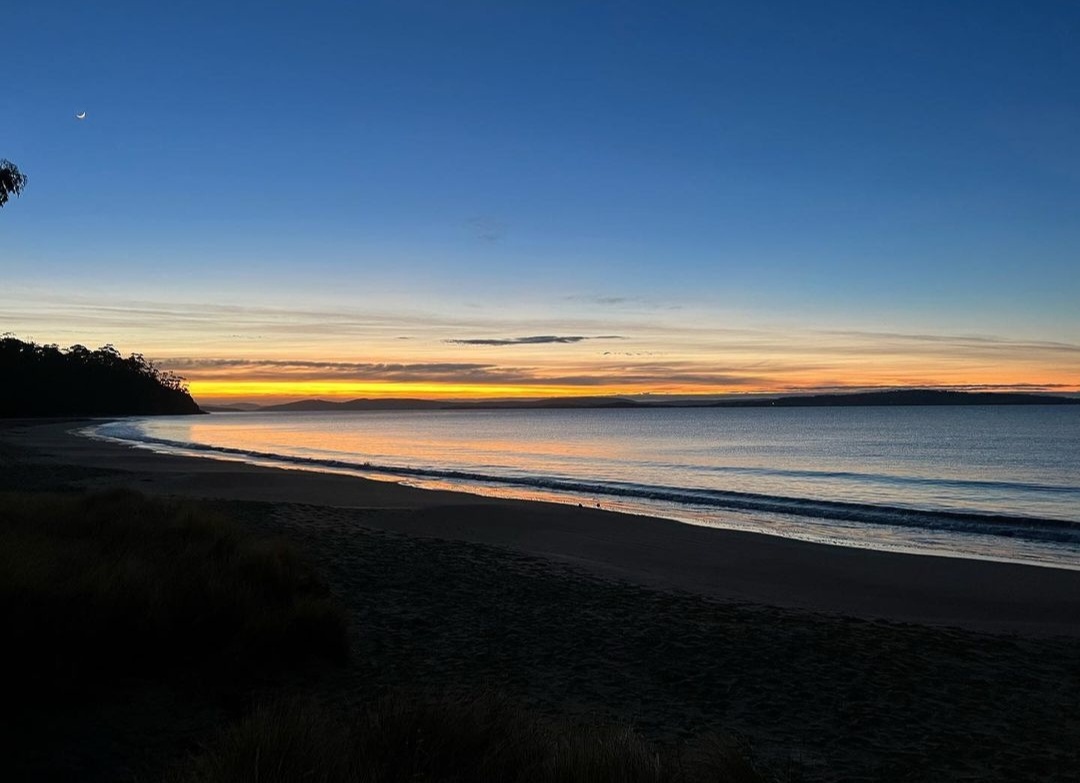
The city of Hobart, Tasmania’s capital, is built on either side of the beautiful River Derwent. I have been fortunate to travel to remarkable cities, many built with a river as a focal point. In most cases, river is a misnomer – stream or creek being a more appropriate description – but the Derwent’s title is well earned. Near the mouth (over which I am privileged to have a view), as it flows into the South Pacific Ocean, The River Derwent is over three kilometres wide. Even in the city centre, where Stratton completes the annual trans Derwent swim, the distance shore to shore is over a kilometre.
On the western shore, the city and many suburbs are built on a band of land between the mid slopes of kunanyi, the austere mountain that stands guardian over the city and its residents, and the river. On the eastern shore, many people live in suburbs that follow the river’s shores.
kunanyi is only the 49th highest peak in Tasmania – and dwarfed by thousands of mountains worldwide (Europeans often refer to kunayi as a hill – and at 1271 metres, they have a point). What it lacks in stature, it makes up for in presence – from most places in the city, kunanyi is visible above. Snow on the upper slopes signals the arrival of winter and a clear view of the peak is an early indicator of a clear summer’s day. When I return from interstate travel, my drive from the airport to my home takes me over the crest of a small hill, bringing kunanyi into view. That is the moment I know I am home.
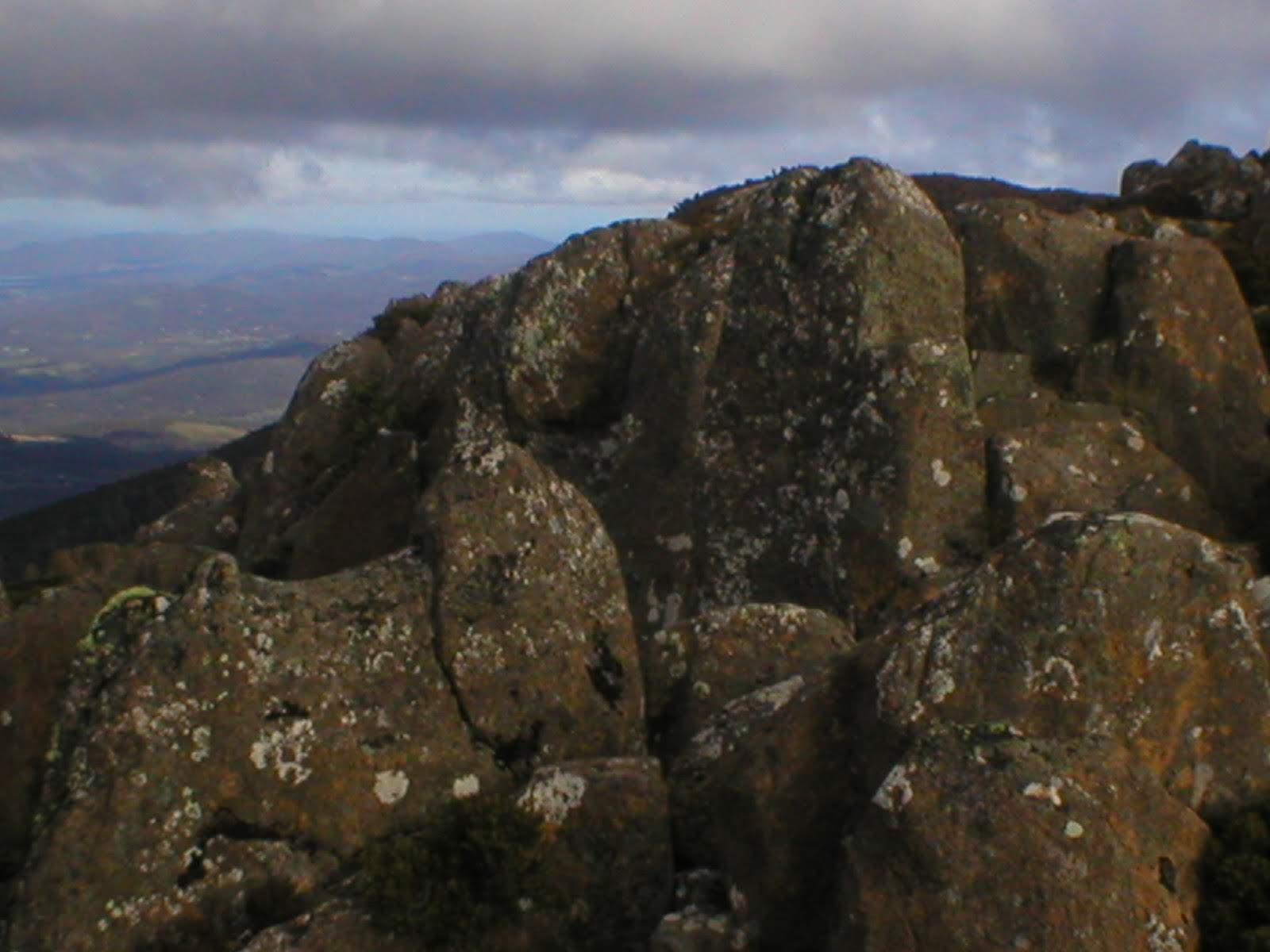
kunanyi, as it was called for thousands of years, plays a central role in the first DI Stratton novel, Aether. In 1832, white Europeans imposed a new name on the mountain, honouring someone who I don’t believe ever came to Tasmania or saw the mountain with their own eyes. In 2013, the original name of the mountain was restored, but only as part of a joint name with the European one. For me, that seems half assed and my book’s refer to kunanyi as the mountain’s sole name (although it had several traditional names before the arrival of Europeans). I am aware of the hypocrisy of so many other places, including Tasmania, Hobart and the Dervent River being referred to by their imposed European names, but small steps!
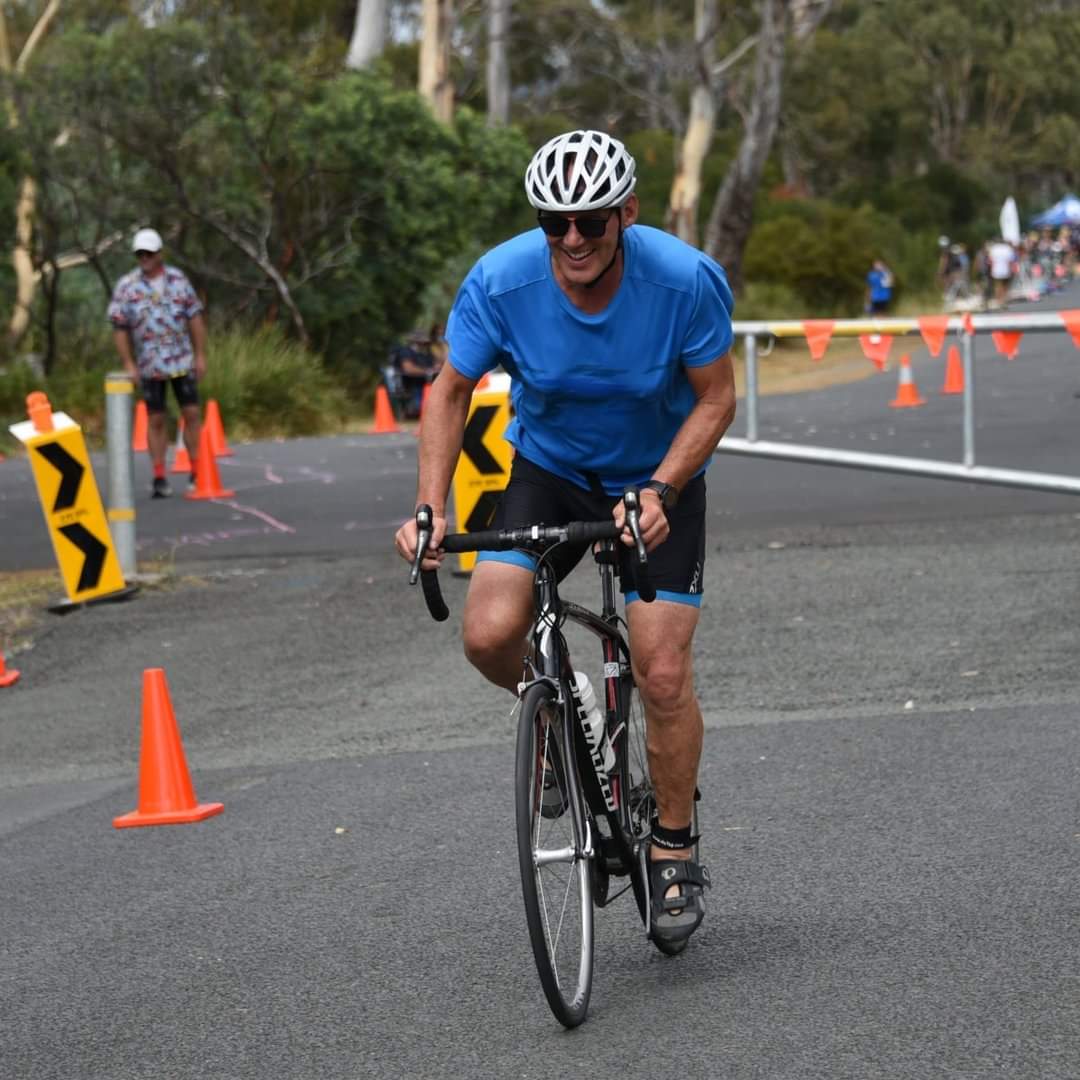
DJ Terry Stratton and I are very different people, although we do have some things in common. One of those is a love of triathlon – and another is our modest ability. For the uninitiated, triathlon is an individual sport that comprises a swim, a bike ride, and a run – almost always in that order. Distances range from Enticer (sometimes called Super Sprint) with a 300m swim, 10km bike ride and 3km run, through to Ironman with a 3.8km swim, 180km ride and 42km run
Triathlon should be (an usually is) an inclusive sport, allowing every participant to achieve something remarkable, relative to their own ability and opportunity to train. It has provided me with many highlights including completing more than 250 events, finishing Ironman Australia in 2004, and representing Australia in races at the World Age Group Championships twelve times.
Why did I make DI Terry Stratton a triathlete? I know the sport well and enjoy describing it – and the good-natured trash talking between athletes is a good fit for Stratton’s personality. Swimming, riding and running are also great ways to experience – and showcase in my books – the beauty of Hobart and its surrounds.
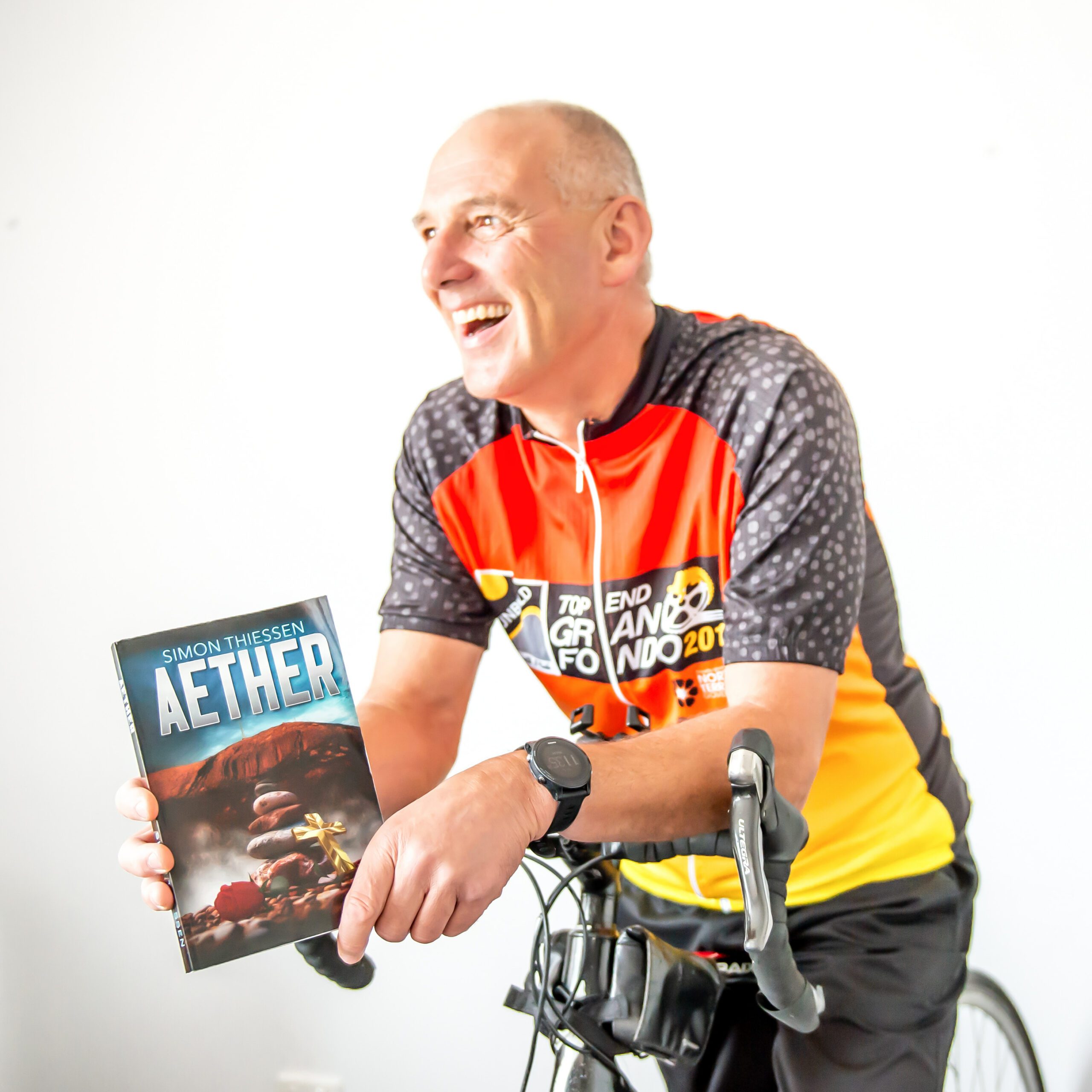
There are some topics about which I am passionate and which writing gives me the opportunity to weave in as background themes. One of these topics is dyslexia. I am not dyslexic but people I care deeply about are – and every book I have written features a pivotal character who has dyslexia.
Dyslexia has nothing to do with intelligence – for many people it is simply a difficulty with translating the written word into sounds (reading) and the spoken words into letters (spelling). People with dyslexia have other amazing strengths and skills – that don’t always fit with rigid systems and processes and are therefore sometimes undervalued.
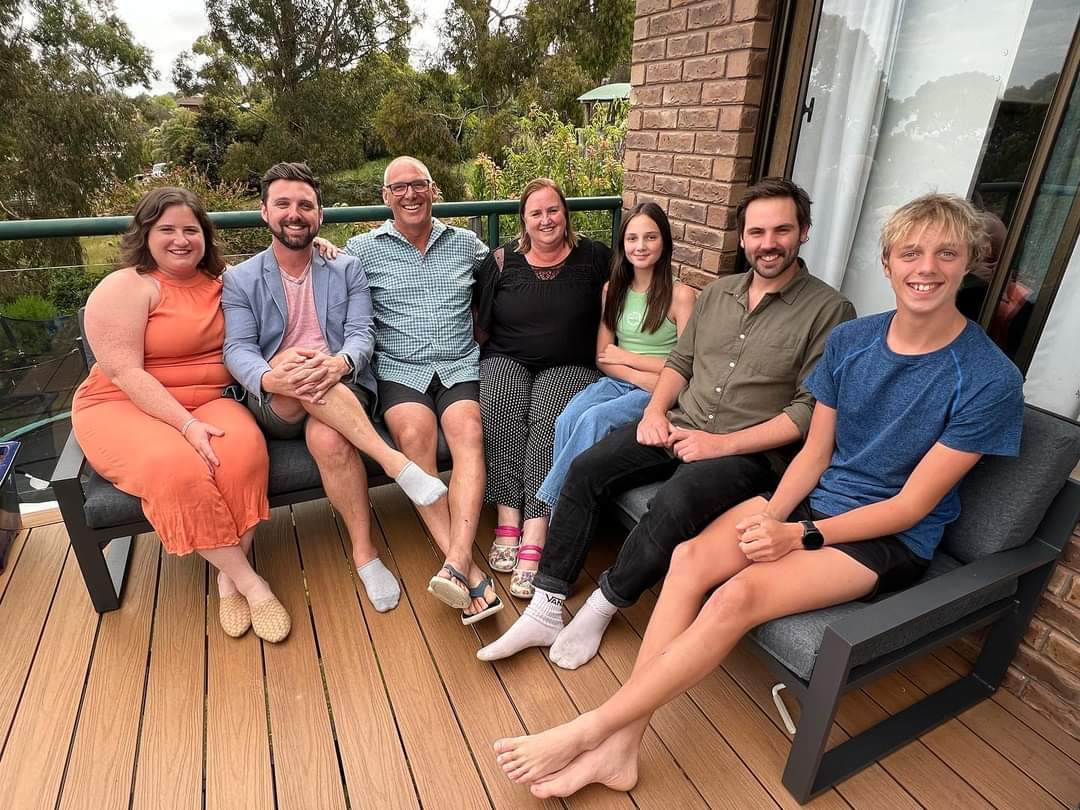
In our house, we are adamant that dyslexia is a teaching difficulty rather than a learning one. It only becomes a learning difficult when the system is too rigid to allow dyslexic children to learn in a way that works for them. In the workplace, a colleague with dyslexia may make a lot of spelling errors or struggle with wordy reports – but how much does that really matter, especially with the technology available and when those ‘weaknesses’ are compensated for with exceptional problem solving, high empathy and creativity?
I am also passionate about inclusiveness and equity. I actually don’t have an issue with discriminating against someone, as long as that is on the basis that they are an asshole, rather than because of their irrelevant background or for making legitimate life choices that are theirs, and theirs alone, to make.
Finally, I am cynical about bureaucracy and institutions, which often allow people to hide from accountability and the consequences of their decisions and behaviours. Decisions made for political rather than ethical, moral or socially responsible reasons drive me mad – and I do enjoy the opportunity to vent!
